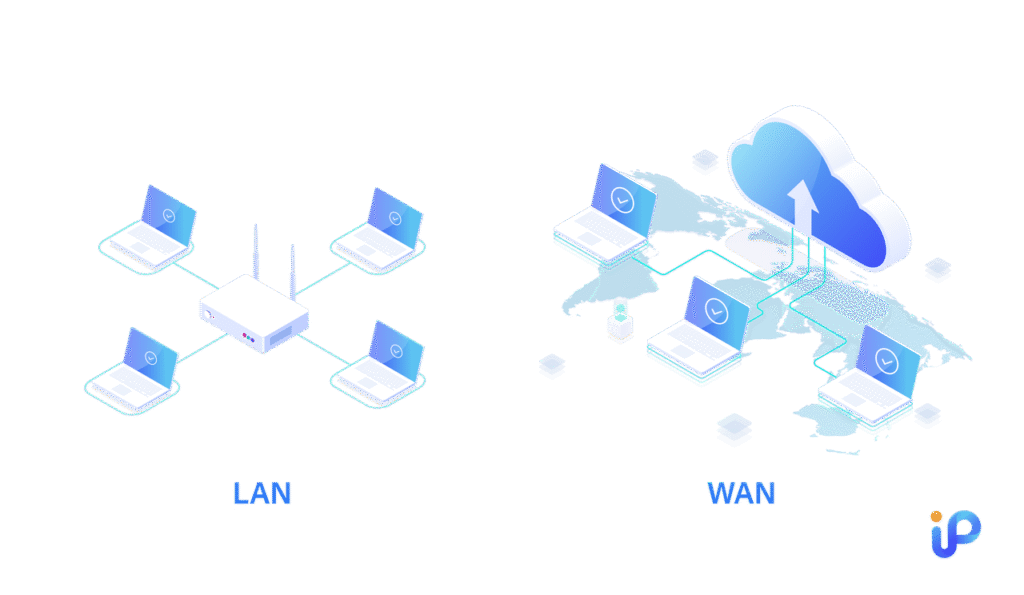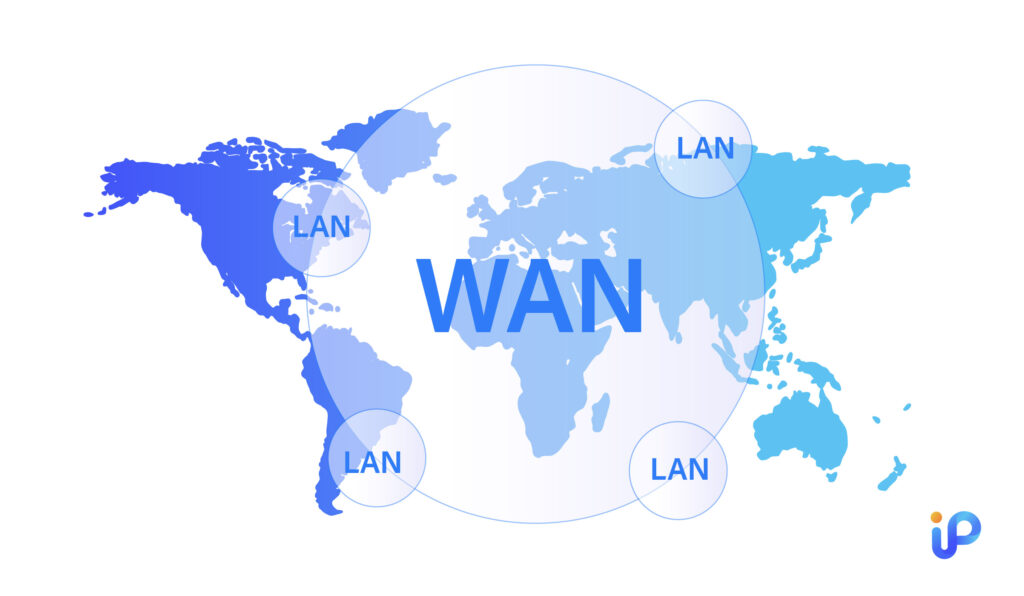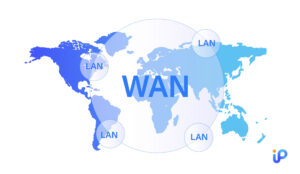5 Min Read | 29 Apr 2025 | Key Words: WAN vs LAN, Network Types, IPv4 Leasing, IP Management, Business Connectivity, Internet Infrastructure
The World of Networks Unveiled
In today’s highly connected world, computer networks are the unsung heroes that keep everything running, from the smartphone in your hand to the global systems powering massive enterprises. At the heart of this digital ecosystem are two key players: LAN (Local Area Network) and WAN (Wide Area Network). But what sets them apart? Ever wondered how your home Wi-Fi differs from the vast internet you browse every day?
In this blog, we will dive into the differences between LAN and WAN, breaking down how they work and why they matter in your everyday life. Let’s unravel the mystery!
LAN: Your Local Connection Hero
A Local Area Network, or LAN, is like a trusty sidekick that keeps things humming in a small space. It’s a network that connects devices within a confined area such as your home, office, or school. Typically spanning less than a kilometer, LAN is perfect for tight-knit setups.
What makes LAN special? It’s really fast thanks to its short range and low latency. Plus, it’s a breeze to set up and manage, whether you’re connecting a few laptops or a handful of smart devices. Picture your home Wi-Fi or the internal network at your workplace: that’s LAN in action, quietly ensuring your local connections are smooth and speedy.
WAN: The Global Network Giant
On the other side of the spectrum lies the Wide Area Network, or WAN, a cornerstone of networking. WAN connects devices across vast distances, spanning cities, countries, or even the globe. It serves as the foundation of the internet and keeps distant company branches linked seamlessly. Unlike LAN, WAN covers thousands of kilometers, though this scale brings challenges. Its speed depends on service providers and infrastructure, and setting it up is far more intricate than a local network. From the internet you’re browsing now to corporate systems uniting offices worldwide, WAN is the global force driving large-scale connectivity.
LAN vs WAN: The Ultimate Showdown

So, how do these two stack up? Let’s break it down:
- Geographical Scope: LAN stays cozy in a small area, like your house or office, while WAN roams free across regions or the world.
- Speed: LAN wins here, delivering blazing-fast connections due to its short distances and local control. WAN, meanwhile, can lag a bit, slowed by external infrastructure and longer pathways.
- Cost: Setting up a LAN is wallet-friendly with lower maintenance costs. WAN? Not so much—it’s pricier due to its complexity and reliance on third-party services.
- Ownership: With LAN, you’re the boss, managing it yourself or within your organization. WAN often involves leased lines or providers, putting some control in others’ hands
It’s not about which is better. They are built for different jobs. LAN keeps your local world spinning; WAN ties the bigger picture together.
Teamwork Makes the Dream Work

LAN and WAN are not competitors; they work hand in hand. LAN takes care of local tasks, connecting devices in a single location, while WAN bridges multiple LANs across vast distances. Picture a company: its office relies on a LAN for everyday operations, but a WAN links that office to branches elsewhere or the internet. Together, they form a seamless partnership.
A business might use LAN for internal operations and WAN to connect with remote sites or the internet. Companies like IPv4 Superhub support this by helping manage public IPv4 address resources. Since 2018, we’ve specialized in IP leasing and trading, guiding businesses to unlock unused IPv4 value with an integrated platform. Scaling your network has never been simpler.
Your Network Takeaway
LAN (Local Area Network) keeps your local devices—like those at home or in the office—connected quickly and reliably. WAN (Wide Area Network) links multiple LANs over long distances, enabling smooth communication across cities or even continents. Together, they’re the foundation behind everything from video calls to global business systems—quietly powering your digital world.
For teams in need of dependable connectivity or IP address resources, IPv4 Superhub delivers flexible and scalable solutions designed to help you build a robust and future-ready network environment.




